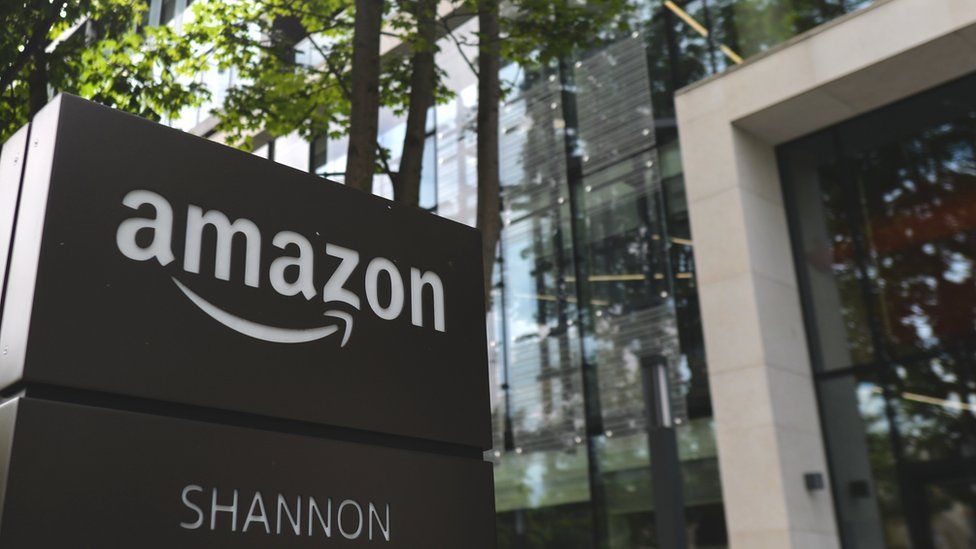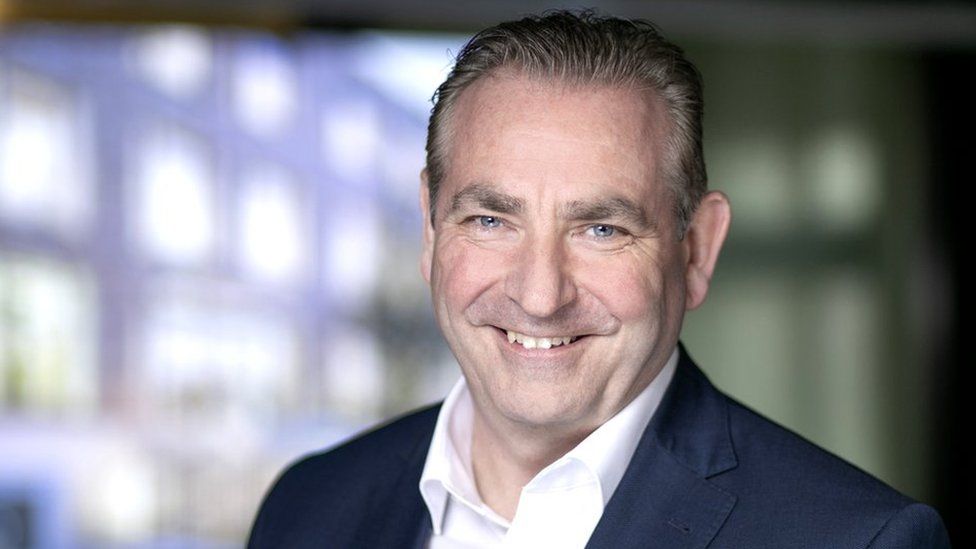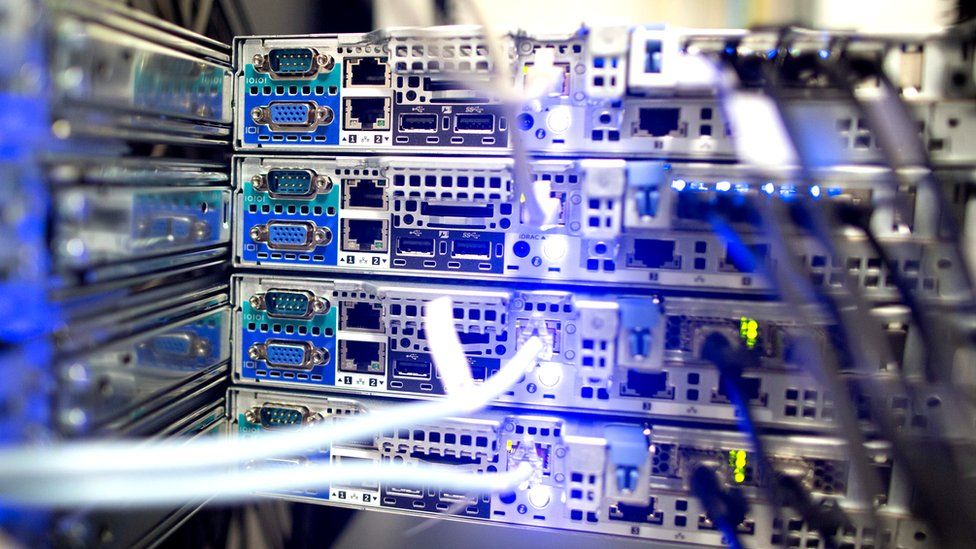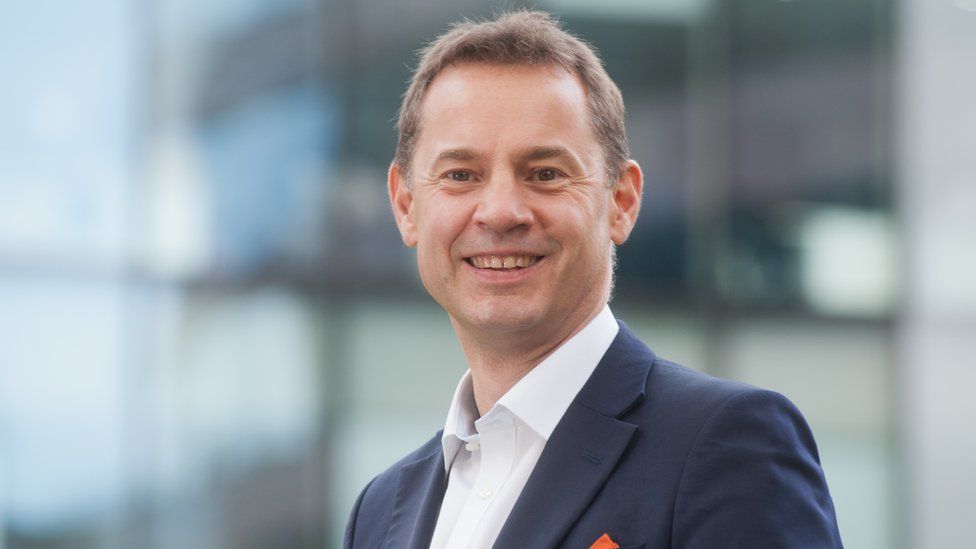A data center is involved in so many of our daily activities. Data storage and accessibility are required for everything from online shopping to streaming TV shows to reading this article.
Although the speed and convenience of those services are excellent, they are not free.
A large data center will consume as much electricity as a medium-sized town to operate. Data centers require enormous amounts of electricity to operate.
In Ireland, where a sizable electricity grid is powering an increasing number of data centers, the situation is particularly dire.
There are more than 20 of these in Dublin, where Amazon and Microsoft have built very sizable sites.
75 data centers are currently operational across the country, and 11 more are being built. According to energy consultants Baringa, by 2029, they may consume 27% of the country's total electricity production.
The Irish government was forced to act due to the alarming increase in demand for electricity.
According to the government, "new-build data centers must be able to flexibly reduce power consumption" in order to be approved for construction.

In an effort to reduce the strain on the power grid caused by data centers, technology is being used.
A new building, opened at Grange Castle on the outskirts of Dublin, uses software developed by the company Eaton to control its connection to the electricity grid.
The electricity to the data center is turned off and backup systems are activated right away if the larger electrical grid is under stress.
All data centers use cutting-edge stand-by systems to keep them operational in the event of an electricity outage.
Uninterruptible Power Supply (UPS) systems serve as this defense's first line of defense. These are essentially highly developed batteries that cut off precisely at the instant they're required and continue to operate for long enough for a diesel generator to start up or for the power to be restored.
When the electrical frequency of the grid, which is measured in hertz, fluctuates in a way that suggests it is under stress, Eaton's UPS intervenes at Grange Castle and releases power from the grid.
This could be the time when unstable energy sources, like Ireland's sizable wind farms, experience a dip.
Using established technology from firms like Schneider Electric and Vertiv, many data centers already remove demand from the grid for a predetermined period.
However, it is asserted that the Grange Castle arrangement marks the first time a live, dynamic relationship has been created between a data center and a national grid.

Data center-focused physicist Ciaran Forde is from Eaton. According to him, Eaton's system works like a pressure valve, pulling the data center off the grid for useful pauses.
The Irish grid operator compensates the owners of the data center for this flexibility.
Income is probably the main factor influencing data center owners' desire for flexibility, according to Jay Dietrich of the Uptime Institute, which accredits data centers for resilience and dependability.
"They aren't acting in this way for good intentions. The reason they are doing it, according to Mr. Dietrich, an IBM employee whose career has included working on energy policy and climate change, is for cash flow and revenue.
Ireland gives a glimpse of a larger issue.
The Greater London Authority, the city's governing body, wrote to housing developers in the capital's western region in July 2022 to warn them that they might have to wait a long time to connect new developments to the grid.
The Thames Valley's data centers are consuming all available electrical capacity, making the grid unable to provide power for London's expanding population despite the city's housing shortage. This could cause new residential projects to be delayed by ten years.

Eaton's Mr. Forde attributes our current situation to the rapid development of cloud computing, a trend that has seen businesses outsource a large portion of their data processing and storage to companies like Amazon and Microsoft.
He emphasizes that the term "cloud" is extremely misleading because it is "a very physical thing.".
Since it is made up of computer servers, which have a voracious appetite for electricity, the cloud does not float in the atmosphere.
additional business technology.
The Irish example shows how a race has been started to restore the reputation of the data center industry as a result of a confluence of environmental concerns and grid capacity worries.
There are being worked on new technological fixes.
In Brunello, a town in northern Italy close to the Swiss border, data management company Pure Storage is putting a data center on a digital diet by reducing bits and bytes and throwing out extra information.
At Brunello, storage devices use software that detects and removes redundant information when it is found. Expanding data volumes are controlled by this ongoing review and removal process.
This program is taking on the biggest enemy of the data center industry head-on, despite sounding like a routine task for the IT department. It is lessening the horrifying appetite for electricity that all data centers exhibit. The power consumption of a data center, according to Pure, can be reduced by as much as 80%.

James Petter, a pure executive who got his start in technology working for Coca-Cola and the British Army, approaches the issue of power consumption straight on and doesn't hold any pretensions about how significant it is.
We base our equipment design on the idea of reducing power consumption. And at the moment, power consumption is the main request we receive from potential customers for data centers.
"They used to focus on technology and cost first, but now it's all about carbon emissions and renewable energy. Everyone is on the bandwagon when it comes to carbon footprints.
According to him, this pattern began in the last two years as energy consumption increased and began to take the lead on "CEO agenda". Speaking from Riyadh, he explains how the last three data center providers he spoke to in Saudi Arabia were all extremely concerned with their carbon footprint.
Mr. Petter is hesitant to accept the possibility that there may be a limit to the amount of data we can store. The growth of data is the macrotrend. I do believe that innovation will continue, and there will be new approaches to data storage.
Limiting how many photos we can all store in the cloud does not serve the commercial interests of the technology sector.
But if data centers want to obtain planning approval and keep public support, they must focus on creative strategies that reduce their enormous power consumption.
.







